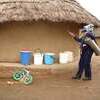Mining for the future
20 November 2019 | Story Ambre Nicolson. Photo Ryanj93, Wikimedia. Read time >10 min.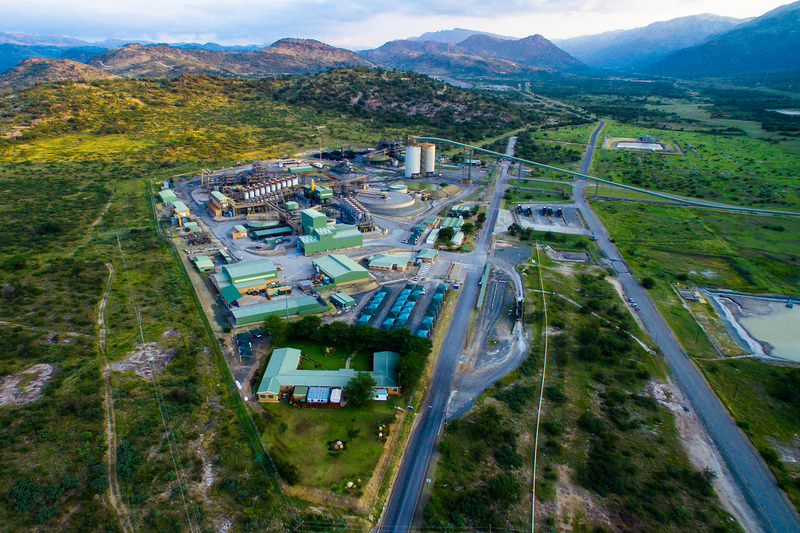
How can the mining industry continue to provide the materials that are essential to our lives while also becoming more people- and planet-centred? The Minerals to Metals Initiative at the University of Cape Town (UCT) aims to answer this question through research, education and engagement that unites technical expertise with a wide-ranging interdisciplinary approach.
“I think globally there is a growing realisation that we have to find more sustainable ways to mine, in which the sector moves from an extractive model towards a developmental one,” says UCT Associate Professor Jennifer Broadhurst.
“Mining remains important and necessary, but it must also tread lightly when it comes to people and the planet.”
Broadhurst is part of the core leadership team of the Minerals to Metals Initiative, a UCT signature theme established in 2007 that aims to integrate and expand capacity in minerals beneficiation research. Or, as Professor Jochen Petersen, another member of the leadership team explains it, “We aim to create a platform for sustainable development in Africa through minerals and metals.”
Petersen describes the current challenges facing mining as complex. “Whatever solutions we use in the future have to be grounded in an understanding of the complex nature of the problems we face today.
“Mining remains important and necessary, but it must also tread lightly when it comes to people and the planet.”
Why can’t we do without?
“Africa is not just the cradle of humankind but also the cradle of mining,” says Broadhurst. “Modern mining might have emerged during the 17th century but people were mining in Africa centuries before that.”
The oldest mine in the world, she says, is in Eswatini. People there were mining haematite – an important ore of iron – 43 000 years ago, around the time that humans were reaching Europe. According to Broadhurst and Petersen, metals and the minerals they are derived from have been indispensable to human development ever since.
Mining is integral to the generation, storage and transport of green energy.
“Metals and minerals are not just found in the places you might expect, like your smartphone. These materials are in everything we use; even your toothpaste contains about six mined minerals,” says Broadhurst.
Petersen explains that some people argue that we no longer need to mine because we have other sources of energy – wind and solar power – or because we can replace minerals with other materials, such as carbon fibre. But that thinking is misconceived.
“In fact, mining is fuelling the green economy. This is because the complex minerals we mine help to build the infrastructure that supports renewable energy and the move away from coal,” he says.
Mining is integral to the generation, storage and transport of green energy. For example, new commodities like lithium, cobalt and rare earth metals are used in batteries and communications equipment. Rare earths, together with more established commodities, such as aluminium and copper, are used in wind turbines and electric cars.
“Many of these minerals are found in South Africa,” Broadhurst explains. “The platinum-group metals (including platinum, palladium, rhodium and others) are used as exhaust catalysts in petrol and diesel vehicles, but they are also used in fuel cells.”
Less-than-perfect legacy
Mining may be an essential human activity, but it also has a poor track record of social exploitation.
“Historically mining was more of a craft. But, during the 1800s in Europe, an industrial model of mining was created and exported to colonies around the world.
“One of the consequences of this model was that in many places, the people who lived and worked in mining areas did not share in any of the wealth produced by the mines,” says Petersen.
Mining’s history is also marred by widespread environmental degradation.
“Historical mining practices have left a legacy of land degradation and pollution from emissions, such as mine dust and acid mine drainage, that directly impacts the health, quality of life and livelihoods of people.”
“There is no getting away from the fact that mining is an invasive practice that uses resources, power and vast tracts of land,” says Broadhurst. “Historical mining practices have left a legacy of land degradation and pollution from emissions, such as mine dust and acid mine drainage, that directly impacts the health, quality of life and livelihoods of people.”
Sometimes the environmental effects of mining are more indirect but no less pervasive.
In Zambia, for example, mining has changed human migration patterns. During mining booms, people gather near mines. But when there is a slump, they seek out alternative livelihoods, such as farming or producing charcoal. This often has unforeseen consequences, deforestation for instance.
Broadhurst believes that the answer to addressing this legacy and avoiding these problems in the future lies in a multidimensional approach that combines depth and breadth.
“At Minerals to Metals, we aim to integrate fundamental research and new technology with the twin imperatives of guarding against environmental degradation and ensuring that the benefits of mining can be distributed equitably to the whole of society.”
Towards less waste
One of the most pressing problems facing mining is one in which Minerals to Metals has done a great deal of research: how to better deal with mine waste?
Mine waste currently accounts for 70 to 90% of all ore extracted. According to UCT Associate Professor Jennifer Broadhurst, as long as there are tailings dams – which are used to store waste products of mining operations – the long-term risks of pollution and catastrophic failure events will persist. Take, for example, the recent environmental and social impacts of the Brumadinho dam disaster in Brazil that killed hundreds of people.
“In the past, tailings dams have led to dust in the air, seepage into the soil and pollution plumes,” she says. “Even in the case of new facilities, these repositories of waste are hard to rehabilitate.”
And because of inefficiencies in extraction processes, tailings dams have taken a lot of water and energy to produce and often still hold valuable resources that are lost.
Minerals to Metals is working on a variety of projects that aim for minimal waste.
“Instead of stockpiling waste, let’s use it in a myriad of other ways, from bulk stock in the construction industry to the production of stone paper, bricks and ceramics, and even fabricated soils created from coal waste,” she explains.
Greening abandoned mines
Another major research theme in the work of Minerals to Metals is post-mining rehabilitation as a means to encourage sustainable development.
“There are now 6 000 abandoned mines in South Africa alone with more closures expected,” explains Broadhurst. “Often mines offer a hub of infrastructure and services, which can include providing water and electricity, housing, transport and health care. When they close, they leave an economic vacuum.”
Minerals to Metals is piloting the use of restorative agriculture through a Community of Practice project with UCT Mineral Law in Africa, the UCT Centre for Bioprocess Engineering Research and UCT Development Policy Research Unit. Restorative agriculture can be used to ecologically rehabilitate land that was previously mined and to provide post-mining economic activity.
“There are now 6 000 abandoned mines in South Africa alone with more closures expected.”
“One of the options we are looking at is fibre-based plants, such as bamboo, which generates a multi-product value chain from simple products like rope to complex products like polymers,” she says.
Urban mines
The practice of recovering useful minerals from post-consumer waste – mostly by recycling items that would end up in landfills – is known as urban mining. It includes scrap metals and e-waste – electronics goods often contain circuit boards and other components with significant amounts of valuable metals.
The e-waste chain in South Africa was something that Zaynab Sadan, a former Minerals to Metals postgraduate researcher, studied as part of her master’s research. She discovered that the technology to recycle e-waste already exists, but it was not being used due to social, economic and legislative barriers.
“E-waste collection and upgrading is a small-scale industry in South Africa,” she says. “It’s currently limited by the lack of public awareness, the public’s perception of costly and once-valuable devices, as well as the risk associated with data leakage from storage devices.”
Also, the legal regulations governing the collection and processing of e-waste are ambiguous, which leads to confusion and the danger that the industry might go underground. Minerals to Metals is working with the Mineral Law in Africa to clarify the regulations surrounding e-waste recycling in South Africa and better support a waste economy. It is also teaming up with a local manufacturer to develop a process for recovering metal from e-waste.
The mine of the future
“I think instead of seeking endless automation, we need to ask ourselves: for whom are we mining?
“The ideal mine of the future would be a mine not only for the people but also with them.”
“People need to be put back into the heart of the mining model because mining is central to human activity,” says Petersen of the ideal mine of the future.
“Good practice – in processing mined minerals and metals, and manufacturing goods from them – involves incorporating a number and variety of smaller enterprises. This leads to more medium-scale industry,” he continues. “This in turn creates integrated and adaptable communities in which the original mine provides just one element of thriving business infrastructure.”
Broadhurst agrees. “The ideal mine of the future would be a mine not only for the people but also with them.
“The mining industry has made great strides in the way it thinks about sustainable mining practices, but much remains to be done and none of it is possible without good governance. Right now, there is an understandable trust deficit in mining in Africa, but in the future, I believe we can remedy this if we ensure that mining is cleaner, greener and more socially acceptable.”
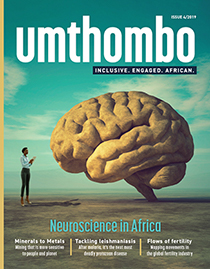 This story was published in the fourth issue of Umthombo, a magazine featuring research stories from across the University of Cape Town.
This story was published in the fourth issue of Umthombo, a magazine featuring research stories from across the University of Cape Town. Umthombo is the isiXhosa word for a natural spring of water or fountain. The most notable features of a fountain are its natural occurrence and limitlessness. Umthombo as a name positions the University of Cape Town, and this publication in particular, as a non-depletable well of knowledge.
Read the complete fourth issue online or subscribe and receive new issues in your inbox every few months.
 This work is licensed under a Creative Commons Attribution-NoDerivatives 4.0 International License.
This work is licensed under a Creative Commons Attribution-NoDerivatives 4.0 International License.
Please view the republishing articles page for more information.
Research & innovation
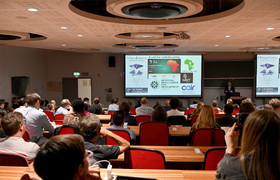

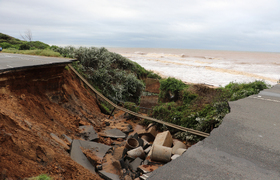


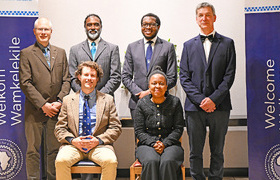






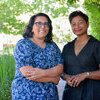
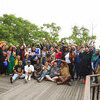

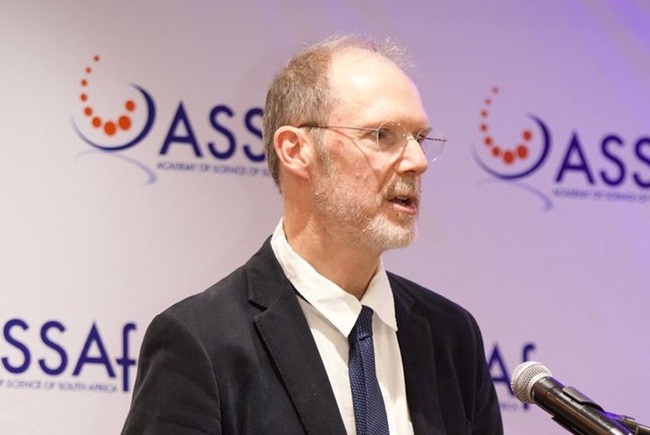



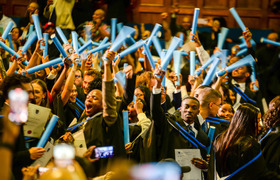
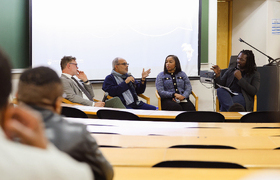
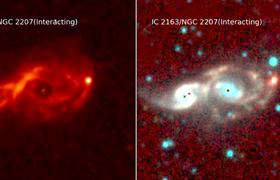
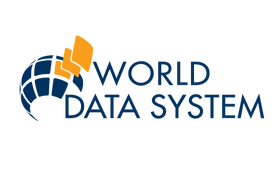






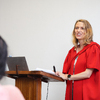



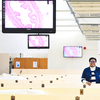
.jpg)

